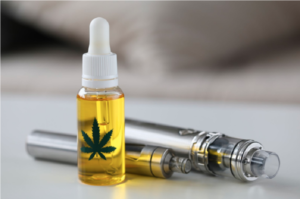
What is Purified Water?
Purified water is, as you might expect, exactly what it claims to be. It is water that has been subjected to a certain filtering process in order to remove contaminants. Water is one of the simplest and most common things that we consume, but the water we drink on a daily basis is rarely free from contaminants. As well as the basic H2O molecules that make up water itself, the average glass of any type of water is sure to contain various other substances suspended in solution. This is not a bad thing.In fact, the mineral profile of a glass of water is entirely down to these “contaminants”, many of which confer health benefits on the drinker.
But if these contaminants are not harmful, then what is the use of purified water? Indeed, water that has been most thoroughly purified (usually via distillation) does contain less beneficial minerals than water which has not undergone this process, and so a diet consisting only of the purified water is not advised. Nevertheless, purified water has many different benefits derived from the purification process. Synergy Science, a company specializing in health products including purified water, say that the potential for detox which purified water offers is the main reason it has become so popular as a health product. It may not give you many minerals, but purified water can contain less toxins commonly found in other types of water.
Tap Water – A Kind of Purified Water
Of course, there are many kinds of purified water. In fact, the name can be applied to all water that has been filtered in some way. For this reason, tap water is a kind of purified water.
All municipal tap water undergoes the following stages of purification:
Coagulation and Flocculation
In this stage, negatively charged particles in water are filtered out via the addition of positively charged chemicals. These particles coagulate – stick together – in larger filterable particles known as floc.
Sedimentation
This floc then settles at the bottom of the water container on account of their weight. They can then be easily removed.
Filtration
Municipal water then passes through several filtration systems that consist of sand, charcoal, and gravel. It is at this point that microscopic contaminants – such as bacteria and chemicals – are removed.
Disinfection
As a final step, disinfecting chemicals such as chlorine are added to the purified water in order to kill any pathogens in it.
As this four-stage process shows, even tap water can be considered purified water. It is important then to think of different water products as purified to different extents, rather than purified water being one distinct product.
Different Grades of Purified Water
So, what counts as the purified water that is sold under that name? To understand this better, it is worth looking at the different grades of purified water and how they are officially classified:
Grade 1
Also known as primary grade water, this is lowest level of purification for water that is used in a laboratory context. It is suitable for rinsing equipment and general cleaning.
Grade 2
Grade 2 is what you are drinking when you purchase something called “purified water”. It is used in laboratory contexts when the purity of the water is important but not critical.
Grade 3
This is the purest water out there. You can rarely buy it as a consumer product. It is used in laboratory contexts where total sterility and the highest grade of purification is essential.
So, as you can see, purified water can refer to many kinds of water, all purified in different ways and to different extets.


